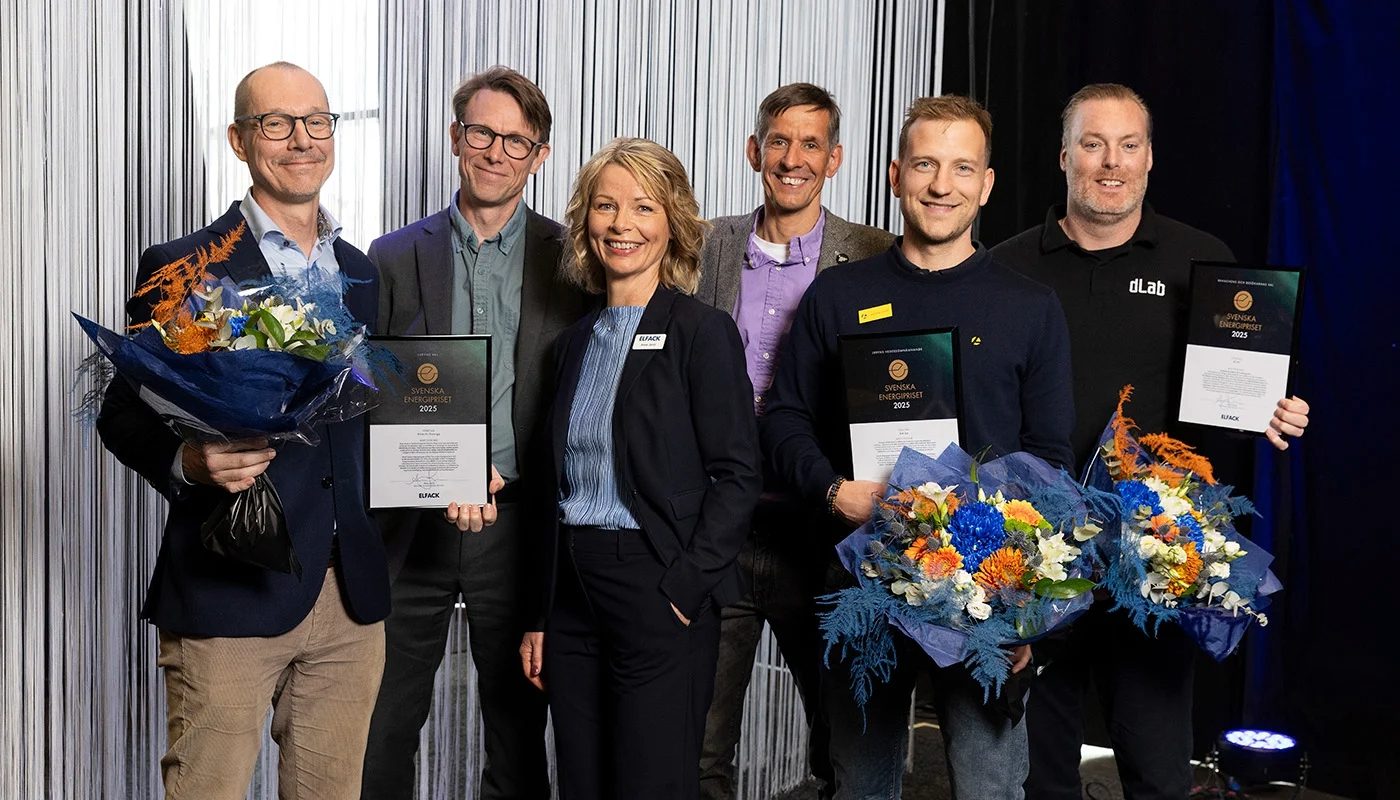
A recently finished project study on the effect of applying condition-based maintenance (CBM) in substations shows that by using data-driven processes, the efficiency of grid maintenance can be improved. The smart grid analytics platform from DLaboratory Sweden AB (dLab) serves as the decision tool for condition determination. The study was carried out in three of Kraftringen’s substations within the framework of Energiforsk’s programme Maintenance of electrical grid.
Today, CBM is a concept more established within the industry sector than within the power distribution sector. However, within IEC 61850, application, and standardization of CBM for substations and power grids are under way. Finding a way of making maintenance work more efficient for energy companies is therefore highly topical. The project Condition-Based Maintenance in Substations focused on two subjects simultaneously; on how condition-based maintenance can be applied to a substation in practice, and on how to implement a data-driven work process in the energy distribution company.
– The manufacturing industry has come a long way in this field, and we realized there is a potential in CBM for the power distribution, says Victor Bagge, project manager at dLab. We wanted to investigate the effort involved, as projects in CBM tend to get extensive and abstract. That was the initial idea for the project.
Starting with data collection, the project studied what substation components have the greatest potential, and how to carry out the data collection to determine the components’ condition. Several substation components were identified as important, among these, the project focused on circuit breaker, on-load tap changer and auxiliary power supply systems. Additional sensors were installed in the three test-bed substations, connected to dLab’s updated grid analytics platform; a platform usually used for identifying both upcoming and urgent faults in the power grid. Interestingly, much of the data already measured in dLab’s platform, were helpful in the process of condition determination.
– We found that even with a limited set of signals and effort we could determine important information about the status of the components, says Victor Bagge. The threshold was lower than expected for starting to collect key data that can be turned into useful information for maintenance decisions.
Another important experience from this project was that more condition data of substation components leads to immediate benefits in that they are improving existing maintenance processes. For instance, when carrying out circuit breaker maintenance, it is possible to know beforehand which breakers need a more extensive overhaul rather than finding this during the maintenance work.
Kraftringen’s processes for maintenance, reinvestments and investments were scrutinized in the project, setting a target for, and a plan to reach, data-driven workflow. Among the findings in the study were the importance of embedding and of milestones. It is crucial for the transition that the whole change process is well anchored within the entire organization. Also, a step-by-step process with milestones makes evaluation during the progress easier.
The recommendation from the study for implementing a data-driven way of work in an energy utility company centers around implementing a control model for distribution. First, the overall company strategy needs to be documented, then strategies decided upon, and finally a control model based on the processes used in the company where the main process is to distribute energy is to be implemented. Just as a commercial industry focuses on efficiency throughout the chain, energy distribution companies can adopt the same approach, delivering energy of the correct quality to the right cost just in time, to their customers.
– The study has shown promising results and we believe there is great potential in applying CBM in the power distribution industry. This project has shown that it is possible to start on a small scale to get started and then work towards data-driven processes and plant management. These are exciting findings, and we will develop them further, says Fredrik Akke, CTO at dLab.

